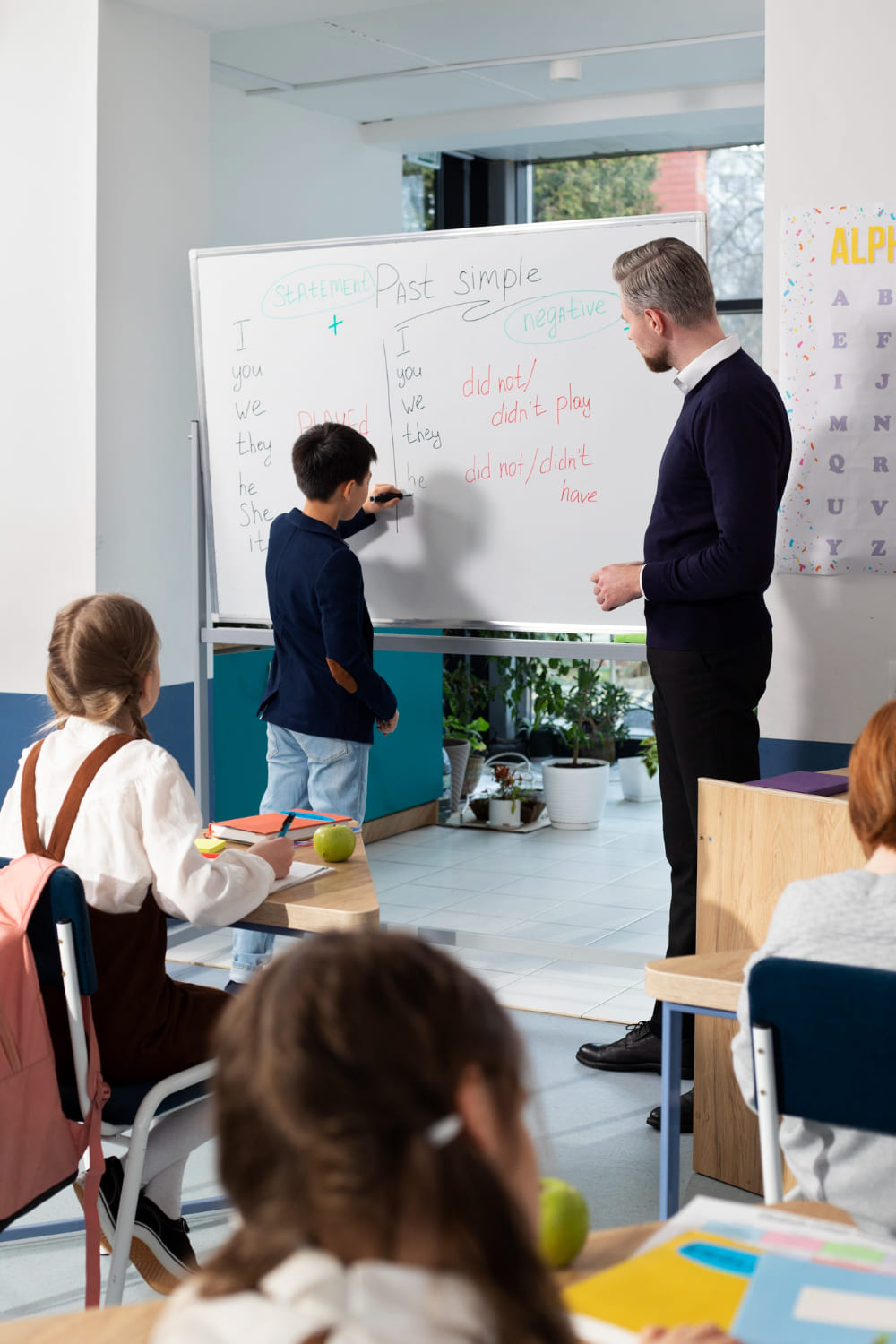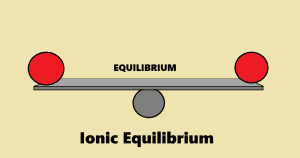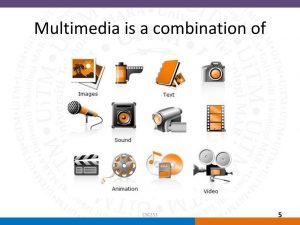“Tell me and I forget. Teach me and I remember. Involve me and I learn.” – Benjamin Franklin
Table of Contents
Toggle
In today’s fast-paced educational landscape, passive learning—where students sit through lectures, jot down notes, and regurgitate facts—no longer suffices. The demand is for engaged, thoughtful, and practical learners who can solve real-world problems. That’s where Active Learning Strategies come in.
In this blog, we’ll explore what active learning is, why it matters, and which strategies can be applied in classrooms or online environments to boost student participation, retention, and motivation.
What is Active Learning?
Active Learning is an instructional approach that actively involves students in the learning process. Instead of passively listening to a lecture, students engage in activities like discussions, problem-solving, case studies, role plays, and group projects. These activities encourage them to apply, analyze, and reflect on the material in meaningful ways.
In simpler terms: Active learning flips the traditional classroom into a student-centered arena where learners take ownership of their growth.
Why Active Learning is Important in Today’s Education?
Modern students face distractions from technology, social media, and multitasking environments. Traditional learning models are no longer enough. Here’s why active learning is more important than ever:
✅ Enhances Critical Thinking
It encourages learners to evaluate ideas, make decisions, and justify their thinking—skills essential for career readiness.
✅ Boosts Retention
According to research, students retain up to 75% more through hands-on activities than by just reading or hearing.
✅ Promotes Collaboration
Active learning fosters teamwork, empathy, and communication—21st-century soft skills every learner needs.
✅ Encourages Self-Directed Learning
When students participate actively, they become more accountable and develop curiosity-driven learning habits.
✅ Makes Learning Fun & Purposeful
Engagement increases when learners find real meaning in what they’re doing.
Top Active Learning Strategies Every Educator Should Know
Let’s dive into powerful, practical, and proven active learning strategies that can be implemented in classrooms, online modules, or hybrid models.
1. Think-Pair-Share
How it works:
Students are given a question. They think individually, then discuss with a partner, and finally share their thoughts with the class.
Benefits:
-
Enhances communication skills
-
Builds confidence
-
Encourages every student’s voice
🧠 Pro Tip: Use this to break the ice or explore complex ideas.
2. Peer Teaching
How it works:
Students prepare and teach a concept to classmates.
Benefits:
-
Deepens the understanding of the subject
-
Reinforces mastery
-
Builds leadership skills
3. Problem-Based Learning (PBL)
How it works:
Present students with a real-world problem and let them collaborate on solutions.
Benefits:
-
Promotes higher-order thinking
-
Develops analytical and research skills
-
Encourages creativity
💡 Example: Ask business students to design a sustainable startup model.
4. Interactive Quizzes and Polls
How it works:
Use tools like Kahoot, Quizizz, or Mentimeter to conduct live quizzes or polls.
Benefits:
-
Immediate feedback
-
Keeps energy high
-
Makes assessments fun
5. Role Playing and Simulations
How it works:
Students assume roles in historical, professional, or imaginative contexts to explore concepts.
Benefits:
-
Enhances empathy and perspective-taking
-
Makes abstract ideas tangible
-
Builds communication skills
🎭 Example: A debate on ethical AI from the viewpoint of a developer, user, and policymaker.
6. Case Study Analysis
How it works:
Provide a scenario (real or hypothetical) and ask students to assess and propose solutions.
Benefits:
-
Connects theory to practice
-
Sharpens decision-making
-
Encourages research and reasoning
7. Learning Stations or Rotations
How it works:
Set up various stations with different activities. Students rotate in groups.
Benefits:
-
Supports different learning styles
-
Encourages movement and energy
-
Allows differentiated instruction
🎡 Perfect for: K-12 classrooms, science labs, or language learning.
8. Gamification
How it works:
Apply game-design elements (points, levels, rewards) to learning.
Benefits:
-
Increases engagement
-
Promotes a sense of accomplishment
-
Makes repetitive tasks more exciting
Tools: Classcraft, Duolingo, Edmodo, Scholarsyatra
9. Jigsaw Strategy
How it works:
Divide a topic into sections. Assign each group to master one section and then teach it to others.
Benefits:
-
Promotes collaboration and accountability
-
Encourages mastery through teaching
-
Fosters mutual respect and interdependence
10. Reflection Journals
How it works:
Students write about what they learned, questions they have, and how they can apply the concept.
Benefits:
-
Deepens self-awareness
-
Encourages metacognition
-
Serves as a personal learning record
📓 Ideal for: Weekly wrap-ups, project reflections, or online learning
Real Voices: Quotes That Inspire Active Learning
“Active learning isn’t just about doing—it’s about thinking while doing.” – Dr. Maryellen Weimer
“Students don’t learn much just sitting in classes… they must talk about what they are learning, write about it, relate it to past experiences, and apply it to their daily lives.” – Arthur W. Chickering
How to Implement Active Learning Successfully
If you’re a teacher, educator, or curriculum designer, here’s how to make active learning a habit—not just an event:
🔹 Start Small
Introduce one strategy per week or per topic.
🔹 Blend with Technology
Use digital tools to enhance participation and feedback.
🔹 Encourage Risk-Taking
Create a safe space for students to try, fail, and learn.
🔹 Monitor & Reflect
Take feedback and assess what’s working or not.
🔹 Train Yourself
Professional development is crucial. Explore workshops, online courses, or communities like Edutopia, Scholarsyatra.
Summary
Active learning is more than a teaching technique—it’s a mindset shift. It transforms the classroom from a lecture hall into a learning laboratory. Students are no longer passive recipients but active constructors of knowledge.
If you’re an educator, now is the time to adopt active learning strategies and revolutionize your teaching. If you’re a student, embrace every opportunity to engage, express, explore, and evolve.
🌱 “Learning is not a spectator sport.” – D. Blocher







